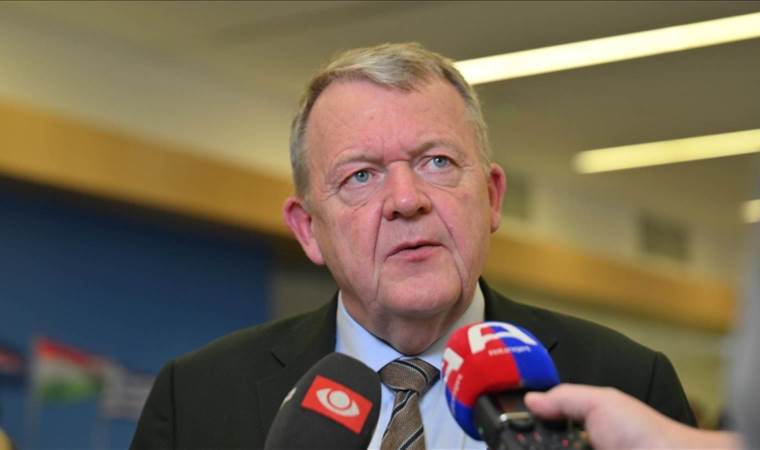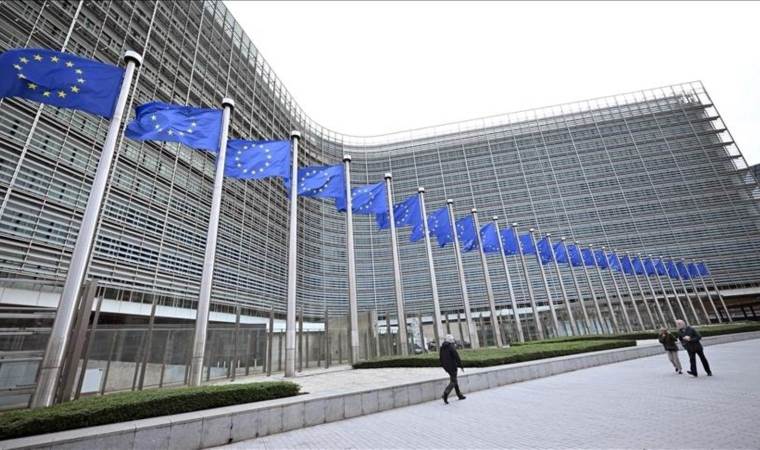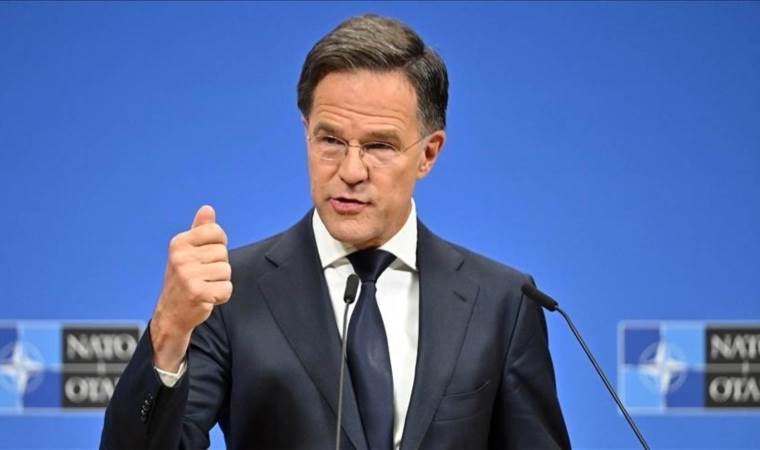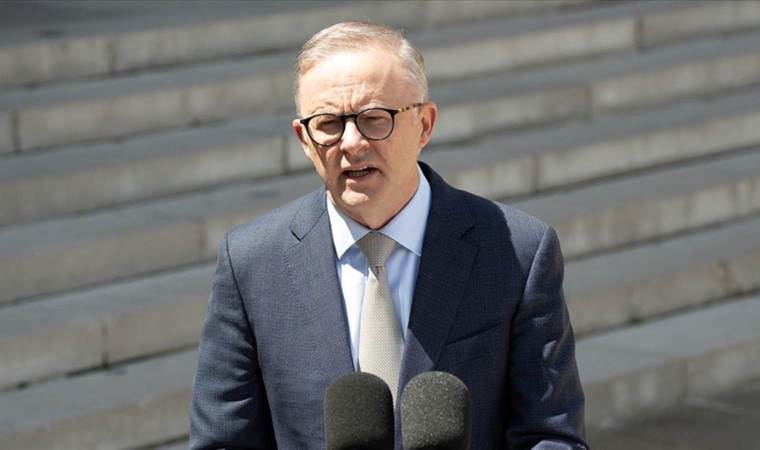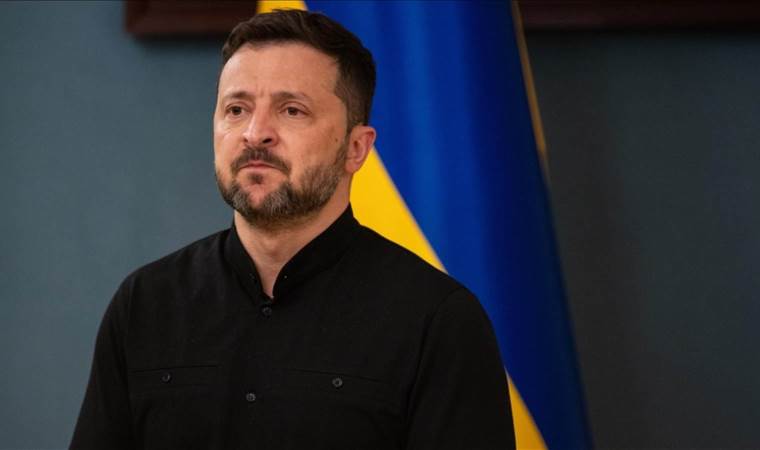Authors Columns of the Day Sport Guest Life All Authors
How to Solve the Palestine Issue? - Written by İlker Başbuğ
FIRST TURNING POINT
On November 2, 1917, British Foreign Secretary Arthur Balfour declared, "His Majesty's government views with favor the establishment in Palestine of a national home for the Jewish people," marking the first step toward the creation of the State of Israel. On December 8, 1917, the British army entered Jerusalem. On May 5, 1920, the League of Nations placed Palestine under British mandate. As conflicts continued in Palestine starting in 1919, the UK referred the issue to the United Nations. On November 29, 1947, the UN General Assembly decided to partition Palestine into separate Jewish and Arab states, with Jerusalem as an international zone. At that time, Palestine was home to 1.27 million Palestinians and 678,000 Jews. The Arab side took the matter to the International Court of Justice, but the appeal was rejected.
On May 14, 1948, Britain ended its mandate in Palestine. The Jews immediately declared the establishment of the State of Israel. The Arab League, opposing this declaration, decided to intervene in Palestine. The Arab countries, with a combined population of nearly 40 million, mustered an intervention force of about 20,000, while the Jewish armed forces numbered around 60,000. The fighting ended in January 1949, leaving the Arabs with only 21% of Palestine. Crucially, the number of Arabs who fled Palestine reached 700,000, nearly equalizing the Palestinian and Jewish populations.
The Arab intervention force failed due to the lack of unified command, coordination, and common objectives, marking their first defeat in Palestine.
SECOND TURNING POINT
In early May 1967, Egypt received reports of Israeli military preparations against Syria. Most of the Egyptian army was in Yemen at that time. Egyptian President Nasser, feeling powerful, decided to intervene. He demanded the withdrawal of UN forces from Sinai, which was promptly granted. Nasser occupied positions in Sharm el-Sheikh and announced a blockade on Israeli ships, a threat to Israel.
On June 5, the Israeli Air Force launched a surprise attack on the Egyptian Air Force, destroying almost all its planes on the ground. The Israeli army, advancing in Sinai, reached the eastern bank of the Suez Canal. In Jerusalem, the Jordanian army, defeated, withdrew from East Jerusalem and the West Bank. By June 11, Israel had also captured the Golan Heights.
On November 22, 1967, the UN Security Council adopted Resolution 242, stating: "The acquisition of territory by war is inadmissible. Israel must withdraw from occupied territories. A just and lasting peace must be sought. The refugee problem must be solved."
While Egypt, Israel, and Jordan accepted the resolution, Syria and Palestinian organizations rejected it.
Nasser, influenced by cheering crowds, experienced a surge of confidence, wrongly assuming immediate US and Soviet intervention. His miscalculations led to a significant trauma and political change for Egypt and Nasser. Arab nationalism began to give way to Palestinian nationalism, and political Islam gained a stronger foothold. This war marked the Arabs' second defeat against Israel.
On October 6, 1973, Egyptian President Sadat launched an attack across the Suez Canal, but Israel ultimately prevailed again, marking the Arabs' third defeat.
THIRD TURNING POINT
In the summer of 1993, peace talks between Palestine and Israel in Oslo resulted in an agreement on principles for peace. These principles included Israel's recognition of the PLO, while Arafat recognized Israel's existence and security. Israel agreed to withdraw from the West Bank and Gaza, transferring governance to the PLO. The status of Jerusalem, the right of return for refugees, and the political structure of Palestine were to be resolved through negotiations.
US President Clinton invited Arafat and Israeli Prime Minister Rabin to Washington to sign the agreement, which they did.
This created a significant hope for peace in Palestine. However, the Israeli parliament saw the agreement as a step against a "Greater Israel," leading to protests. On November 4, Rabin was assassinated. Clinton's peace efforts were thwarted.
In 1999, Clinton made a second attempt, bringing together Ehud Barak, Syrian President Hafez Assad, and Arafat. While Barak was open to a solution and Assad was ready for talks, Arafat's reluctance and regional issues involving Iraq and Iran derailed the efforts, resulting in another missed opportunity.
FOURTH TURNING POINT
With Netanyahu's return to power, he accelerated settlement projects in the West Bank, displacing Palestinians and aiming for ethnic cleansing. Ignoring UN Resolution 242, Israel declared Jerusalem its capital and rejected the return of refugees. Arab countries remained ineffective and silent in the face of these actions, escalating tensions in Israel. The situation exploded on October 7, 2023, with a Hamas attack. The Israeli government responded with a vengeance, committing acts of state terrorism and genocide against Gazans. However, Israel's international reputation suffered due to its actions, and its chances of disarming Hamas are slim.
SOLUTIONS TO THE PALESTINIAN ISSUE
The Netanyahu government seeks to expel nearly all Palestinians from Israel, using ethnic cleansing and genocide to achieve this goal.
Despite differing approaches, the common goal of the US and Russia is to prevent the Palestine-Israel conflict from escalating globally. Thus, they must act together against the ongoing violence, with support from China and the EU.
Arab countries with oil and natural gas resources, as in the 1973 Arab-Israeli War, should implement measures to bring all parties to the peace table.
Israel has agreements with Egypt and Jordan, and Iraq and Syria currently pose no threat. A different stance from Syria could reclaim the Golan Heights. Even Iran has softened its stance on Israel due to Saudi efforts. Therefore, Israel must explain to its people why it continues to allocate vast resources to defense while becoming more vulnerable to terrorist acts.
Spain, Ireland, and some EU countries' moves to recognize Palestine as a state raise hopes for a permanent solution. The key to resolving the Palestinian issue lies in UN Security Council Resolution 242 from November 22, 1967.
US President Clinton made significant efforts for a lasting solution to the Palestinian issue. Today's politicians must show the same commitment; otherwise, history will judge them harshly.
Yazarın Son Yazıları All Columns
Günün Köşe Yazıları
Most Read News
-
 Denmark to summon US ambassador after Trump appoints spe
Denmark to summon US ambassador after Trump appoints spe
-
 Senior Russian general killed in Moscow car bombing
Senior Russian general killed in Moscow car bombing
-
 Millions affected by massive Internet outages in 2025
Millions affected by massive Internet outages in 2025
-
 3 killed in Israeli drone strike on southern Lebanon in
3 killed in Israeli drone strike on southern Lebanon in
-
 EU affirms Denmark's territorial integrity after US envo
EU affirms Denmark's territorial integrity after US envo
-
 Russia could keep Europe busy if China attacks Taiwan, w
Russia could keep Europe busy if China attacks Taiwan, w
-
 Australian premier apologizes over Bondi Beach shooting,
Australian premier apologizes over Bondi Beach shooting,
-
 Ukraine’s parliament to form working group on issue of h
Ukraine’s parliament to form working group on issue of h

